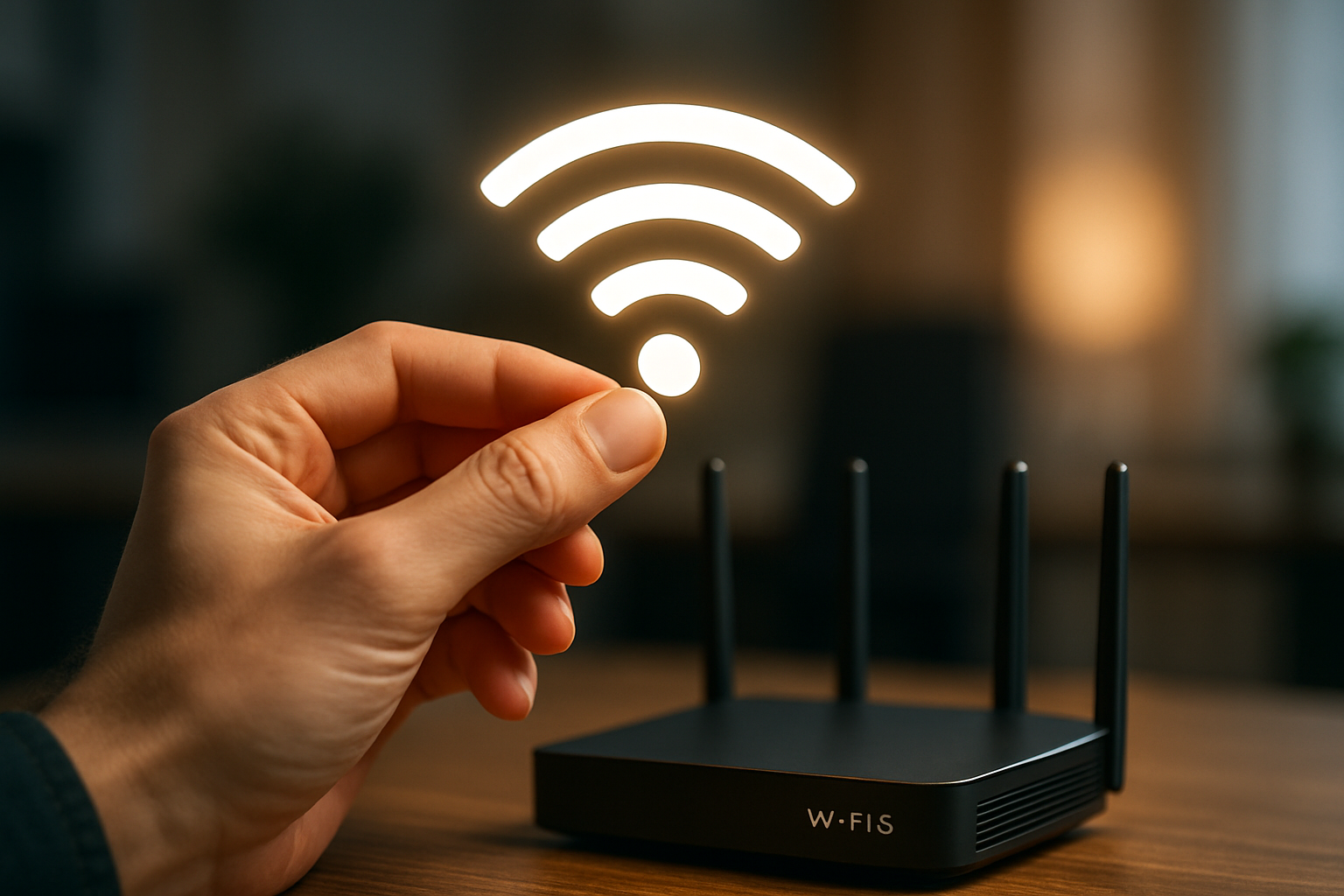Finding the Right Internet Service Provider for Your Home Needs
Reliable internet access has become a necessity for work, education, and entertainment. Whether you’re streaming movies, attending virtual meetings, or managing a smart home, the right connection makes a big difference. Understanding the different types of internet service providers and their available plans can help you make an informed choice for your location. From fiber-optic to cable and wireless options, each type offers unique benefits depending on your speed requirements and budget.

Choosing an internet service provider requires careful consideration of several factors that directly impact your daily online activities. Whether you work from home, stream entertainment regularly, or need reliable connectivity for gaming, the type of connection and plan you select can significantly affect your experience. Different households have varying bandwidth needs, and understanding what’s available in your neighborhood is the first step toward making an informed decision.
Understanding Different Types of Internet Service Providers Available for Households
Internet service providers typically offer several connection technologies, each with distinct characteristics. Fiber optic internet delivers data through light signals in glass cables, providing the fastest speeds and most reliable connections currently available for residential use. Cable internet uses coaxial cables originally designed for television service, offering good speeds that may vary during peak usage times in your neighborhood. DSL connections work through existing telephone lines, providing adequate speeds for basic browsing and streaming, though performance decreases with distance from the provider’s infrastructure. Satellite internet serves rural areas where other options aren’t available, though it typically experiences higher latency and weather-related disruptions. Fixed wireless internet uses radio signals from nearby towers, offering another alternative for areas with limited infrastructure.
How to Choose Reliable Home Internet Providers That Fit Your Needs
Identifying reliable providers starts with assessing your household’s internet usage patterns. Consider how many devices connect simultaneously, whether anyone works remotely with video conferencing requirements, and if household members stream high-definition content or participate in online gaming. Providers typically advertise maximum speeds, but actual performance depends on network congestion, equipment quality, and your distance from service nodes. Reading customer reviews specific to your area provides insight into real-world reliability and customer service quality. Contract terms matter significantly—some providers require long-term commitments while others offer month-to-month flexibility. Installation fees, equipment rental costs, and data caps should factor into your evaluation, as these affect your total monthly expenses beyond the advertised rate.
Comparing High-Speed Internet Plans for Work, Gaming, and Streaming
Different online activities require varying bandwidth levels. Remote work with video conferencing typically needs at least 25 Mbps for smooth performance, though households with multiple people working from home benefit from 100 Mbps or higher. Streaming services recommend 5 Mbps for HD content and 25 Mbps for 4K resolution, but households streaming on multiple devices simultaneously should calculate cumulative needs. Online gaming requires consistent low-latency connections more than raw speed—50 Mbps with stable ping times under 50 milliseconds generally provides good gaming performance. Upload speeds matter for video calls, cloud backups, and content creators, yet many providers emphasize download speeds while offering much slower uploads. Symmetrical connections, where upload and download speeds match, benefit households with diverse high-bandwidth activities.
How to Check Available Internet Plans for Your Address and Neighborhood
Availability varies significantly by location, even within the same city. Most providers maintain online tools where you enter your address to see available plans and speeds. These address-specific searches reveal which technologies reach your home and what maximum speeds the infrastructure supports. Local government websites sometimes maintain databases of providers serving different areas. Neighborhood social media groups and community forums offer practical insights about which providers deliver reliable service in your specific location. Calling providers directly can clarify availability questions and sometimes reveal promotions not advertised online. Building managers or homeowners associations in multi-unit dwellings may have existing agreements with specific providers, potentially limiting your choices or providing negotiated rates.
| Provider Type | Typical Speed Range | Key Characteristics | Estimated Monthly Cost |
|---|---|---|---|
| Fiber Optic | 100 Mbps - 2 Gbps | Fastest speeds, most reliable, symmetrical uploads | $50 - $150 |
| Cable | 50 Mbps - 1 Gbps | Widely available, good speeds, shared bandwidth | $40 - $120 |
| DSL | 5 Mbps - 100 Mbps | Uses phone lines, speed varies by distance | $30 - $70 |
| Satellite | 12 Mbps - 100 Mbps | Rural availability, higher latency, weather sensitive | $50 - $150 |
| Fixed Wireless | 25 Mbps - 100 Mbps | Alternative for underserved areas, line-of-sight dependent | $40 - $100 |
Prices, rates, or cost estimates mentioned in this article are based on the latest available information but may change over time. Independent research is advised before making financial decisions.
Exploring the Benefits of Fiber Optic Internet Providers and Faster Connections
Fiber optic technology represents the current standard for high-performance home internet. The technology’s ability to transmit data as light pulses through glass fibers enables speeds far exceeding older technologies. Fiber connections maintain consistent performance regardless of how many neighbors use their internet simultaneously, unlike cable networks where bandwidth is shared across service areas. The symmetrical nature of many fiber plans means upload speeds match download speeds, benefiting households that regularly upload large files, participate in video calls, or stream content to online platforms. Fiber infrastructure experiences fewer weather-related disruptions and electromagnetic interference compared to copper-based connections. As households accumulate more connected devices—smart home systems, security cameras, streaming devices, and computers—fiber’s capacity accommodates growing bandwidth demands without requiring plan upgrades. Areas with fiber availability often see property values benefit from the infrastructure’s presence, as reliable high-speed internet has become a significant consideration for home buyers and renters.
Making Your Final Provider Selection
Once you’ve identified available providers and assessed your household’s needs, comparing total costs over your intended service period clarifies the best value. Promotional rates often increase after initial contract periods, so understanding long-term pricing prevents unexpected expenses. Equipment options—whether you rent from the provider or purchase your own modem and router—affect monthly costs and performance. Customer service quality becomes important when technical issues arise, so researching provider responsiveness helps avoid frustration. Some providers offer service guarantees or credits when speeds fall below advertised levels. Installation scheduling flexibility and technician availability may influence your timeline for establishing service. Reading the complete terms of service, including data caps, throttling policies, and early termination fees, ensures you understand all aspects of your agreement before committing to a provider.




